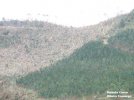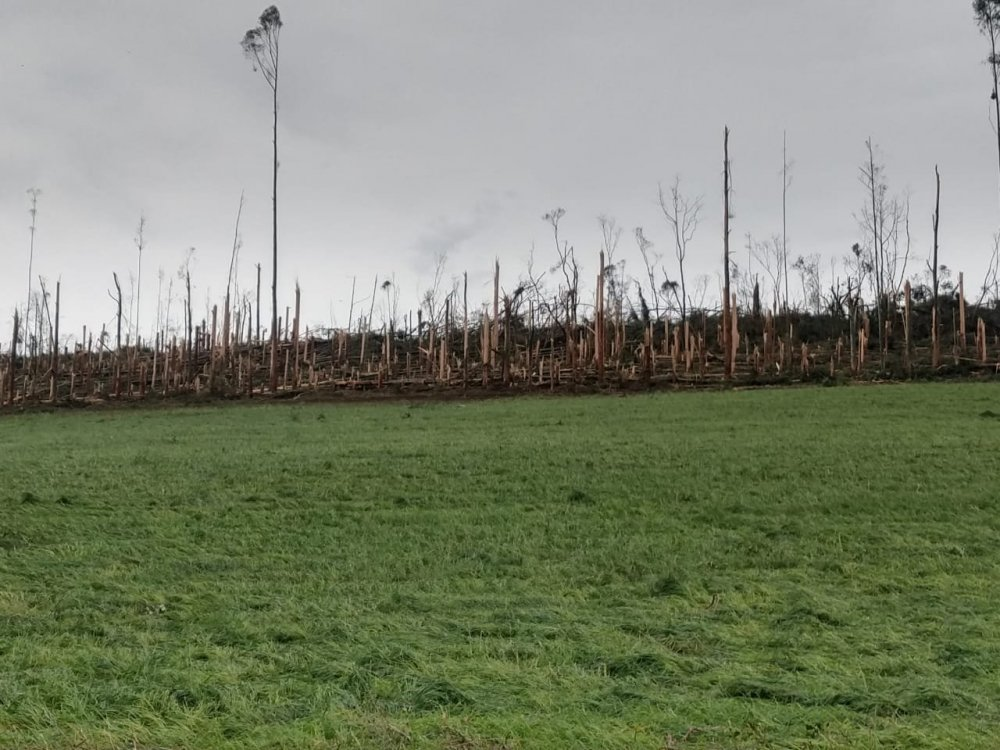Marshal79344
Member
Just found this image of the tree damage from the 2009 San Pedro tornado and good god. This thing was definitely stronger than Lone Grove and Murfreesboro. Almost all the trees and shrubbery are snapped off very low to the ground and significantly debarked. Eyewitness accounts describe very heavy hail and rain accompanying the EF4 tornado, there was no way they knew what was coming at them until they heard it, and by then it was too late, for most homes there have 0 shelter or basement.







































